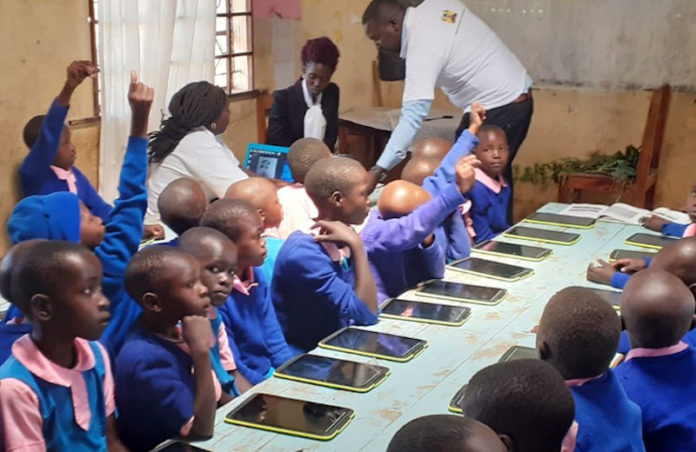
A study conducted by the Economist Intelligence Unit (EIU), sponsored by Ericsson has found that nations with low broadband connectivity have the potential to realize an up to 20 percent increase in GDP if connect schools to the internet.
The study report, dubbed “Connecting Learners: Narrowing the Educational Divide” noted that, this is so because a schools’ connectivity will lead to better educational outcomes, which will create a well-educated workforce more likely to be innovative and foster ground-breaking ideas, leading to economic development and job creation.
EIU analysis shows that for every 10 percent increase in school connectivity in a country, GDP per capita could increase by 1.1 percent.
In Niger, for instance, the report finds that improvements in school connectivity to the levels in Finland could increase GDP per capita by almost 20 percent – from USD 550 per person in the baseline, to USD 660 per person by 2025.
The report focuses on four key actions to make a change – collaboration, accessibility and affordability, embedding internet and digital tools into education, and protecting children online.
With regards to collaboration, the report suggested a holistic, public/private partnership strategy is needed to coordinate efforts with stakeholders to overcome barriers to school connectivity.
On accessibility and affordability, it said argued that building infrastructure to enable access to the internet is a starting point, adding that quality of connection and cost are important factors as well.
It also emphasized the need to embed internet and digital tools into education, saying that once access to school connectivity is achieved, it must be embedded into the curriculum – teachers must be trained to integrate technology into everyday learning.
The report also stressed the need to protect children online, saying that whereas school connectivity provides opportunities for children, “additional steps must be taken to ensure healthy and protected online learning environments. Internet usage must be properly managed to ensure safe and secure use [for children].”
The report also recommends that public, private and NGO sector leaders around the world can make a dramatic impact towards bridging the digital divide by joining forces to make internet connectivity a global reality for school children of all ages.
Ericsson is therefore appealing to the key players in education and broadband connectivity sectors to to get behind the efforts of Giga (a school connectivity initiative founded by UNICEF and the International Telecommunication Union) through actions such as: funding, data sharing, technological expertise and reimagining sustainable business models for connectivity.
Ericsson, on its part, has committed its efforts through a three-year partnership with UNICEF to help map the current school connectivity gap across 35 countries.
The tech giant said the EIU report has reinforced its belief that the ambitious goal of Giga, to connect all schools and their surrounding communities by 2030 is achievable.
Vice President of Sustainability and Corporate Responsibility at Ericsson, Heather Johnson said “When Giga was announced, we immediately understood the positive impact it could deliver – bridging the digital divide between and within countries, to give children the world over the opportunity of bright and rewarding futures.”
She adds: “The report makes it clear that partnership between business leaders, public sector leaders and NGOs can take effective action to address this issue and significantly impact lives. Every player in these sectors, no matter how big or small, can make a difference. We encourage stakeholders to read the report and more importantly join the Giga initiative to help realize this important goal.”
UNICEF Deputy Executive Director, Partnerships, Charlotte Petri-Gornitzka said “Together, we’re mapping schools around the world to identify connectivity gaps in communities. It’s key that we collaborate across sectors to connect schools and provide quality digital learning, so every child and young person can leapfrog to a brighter future.”










